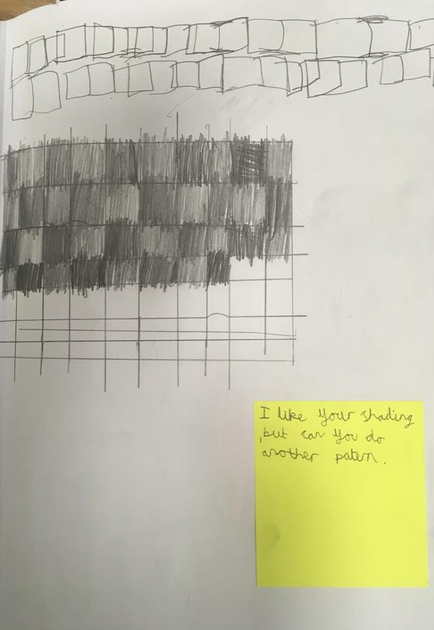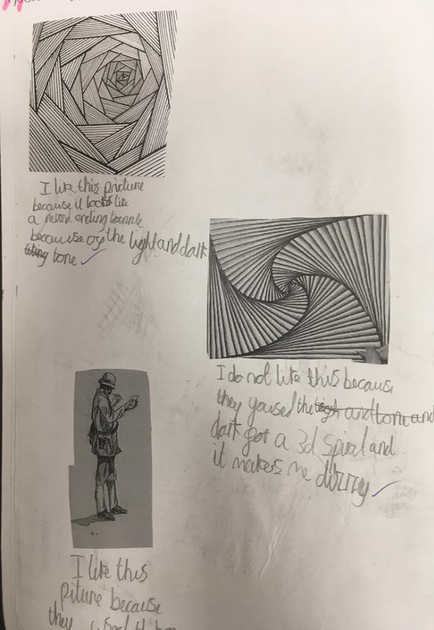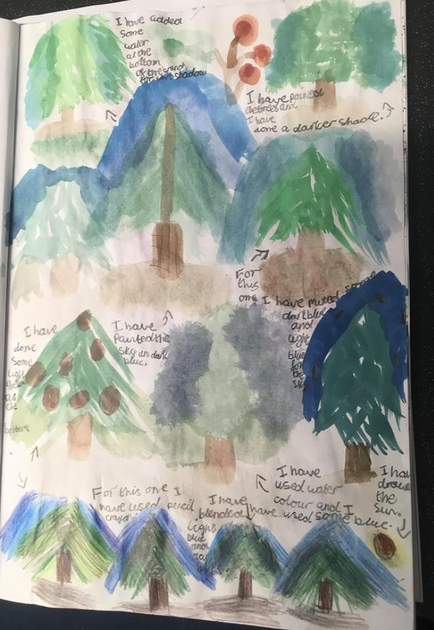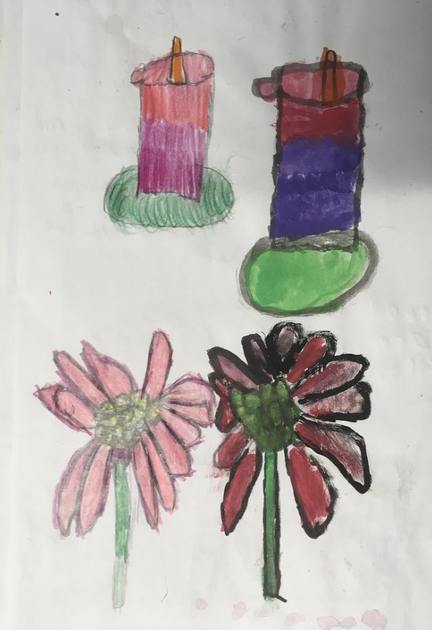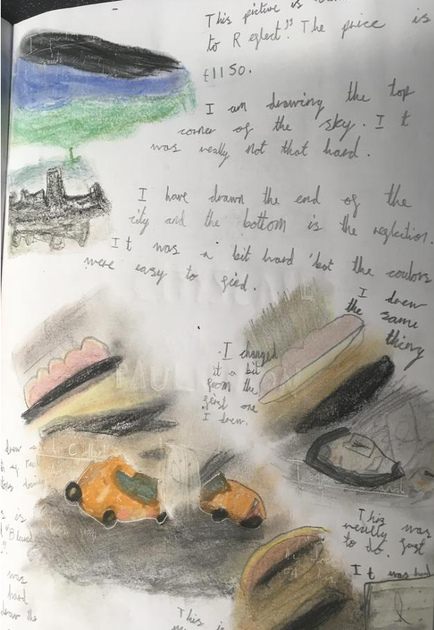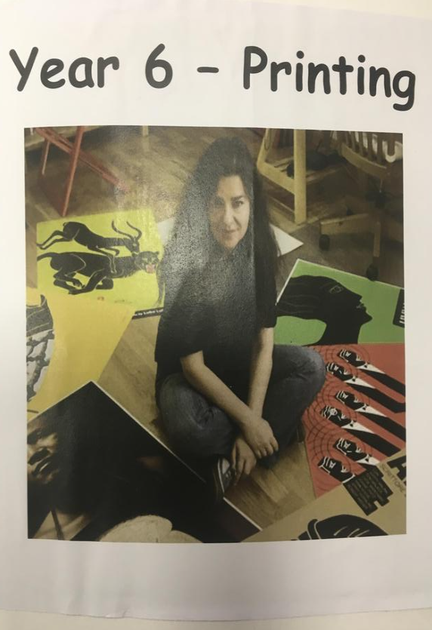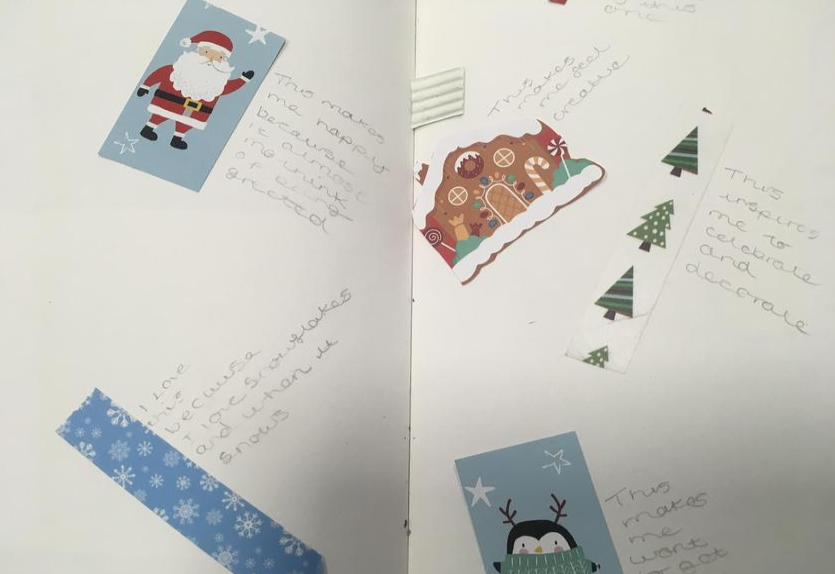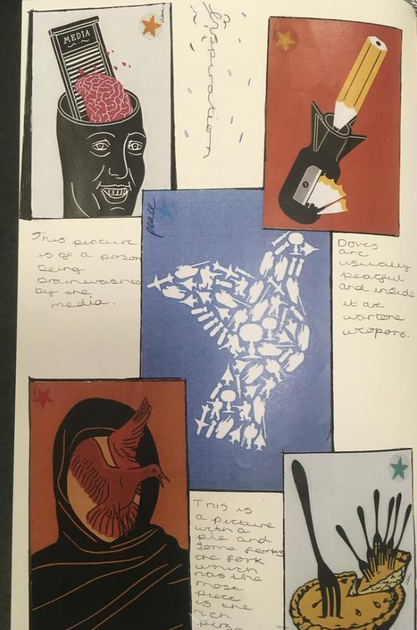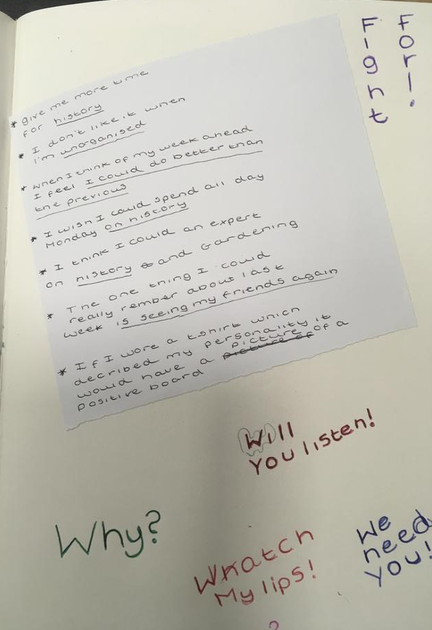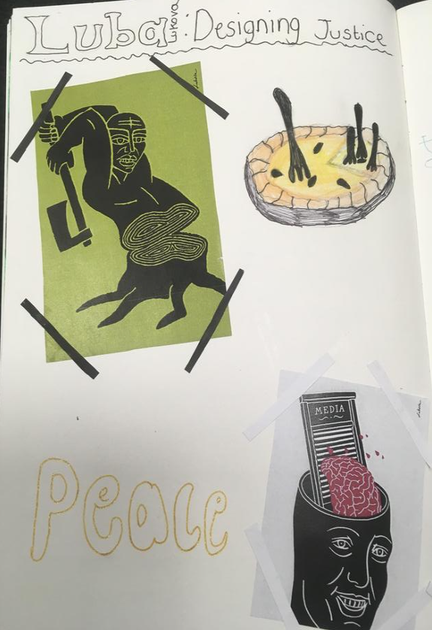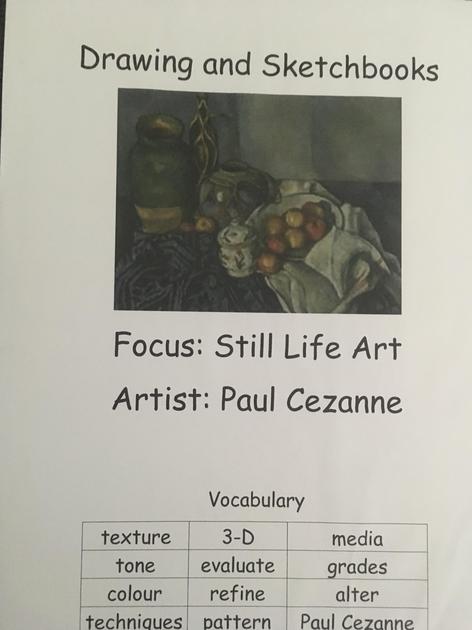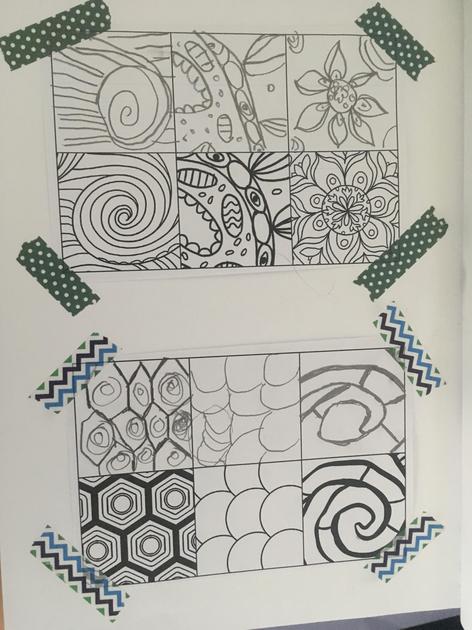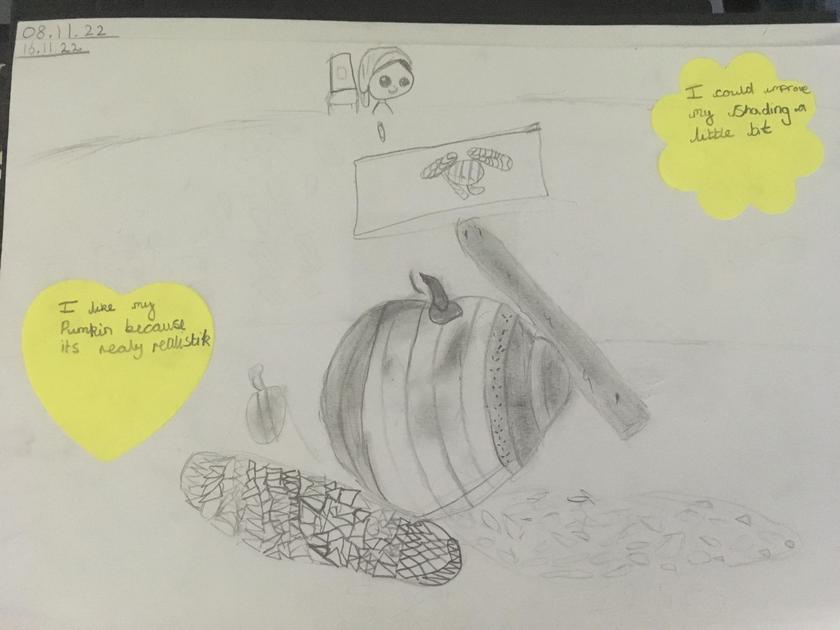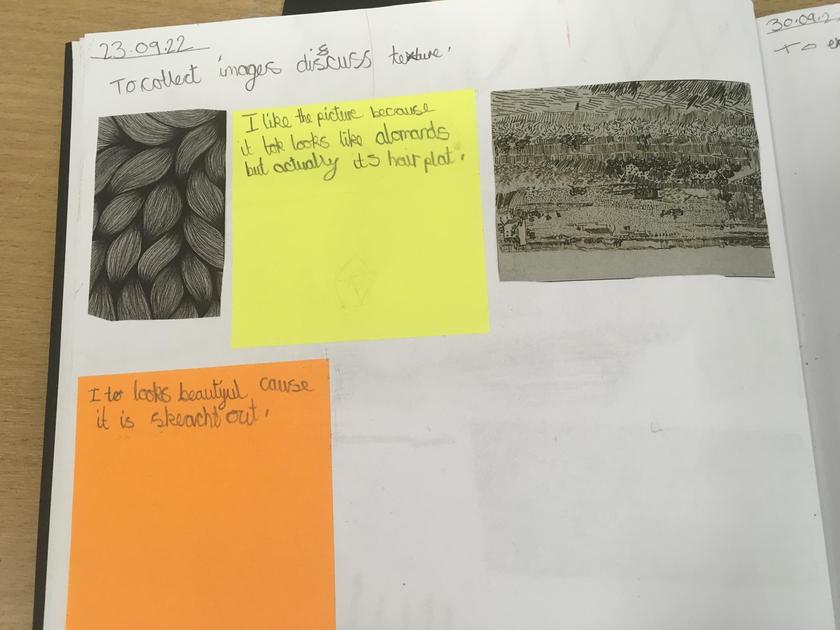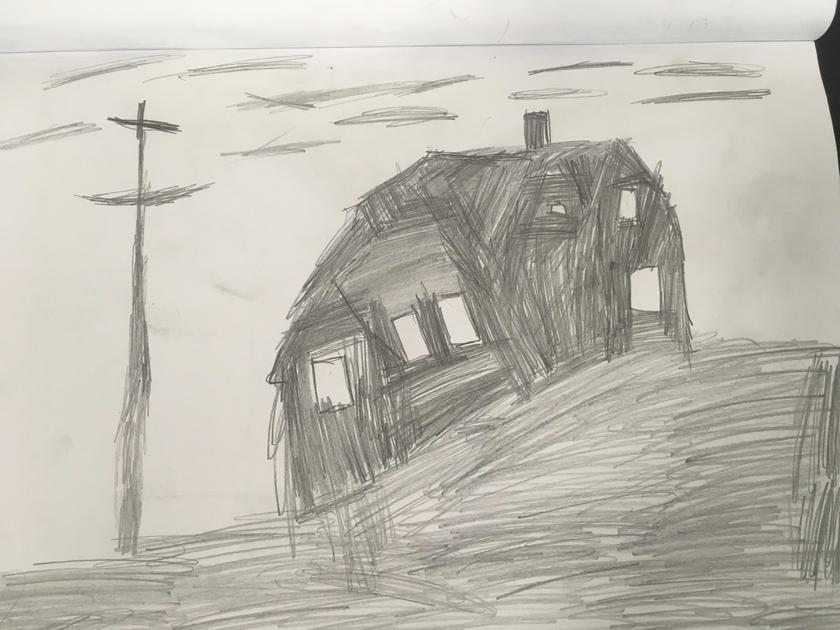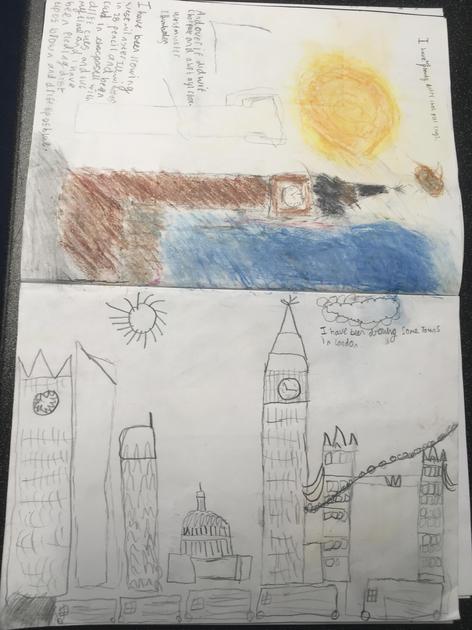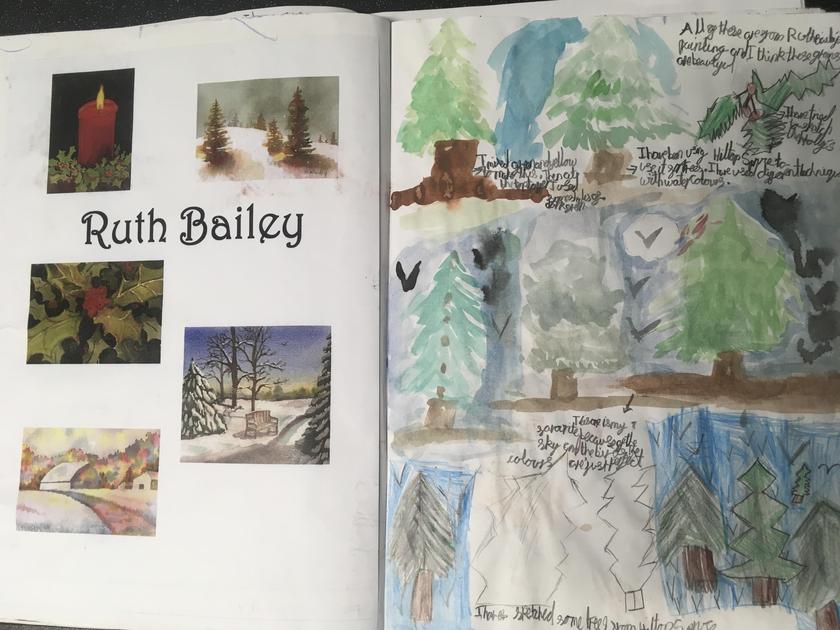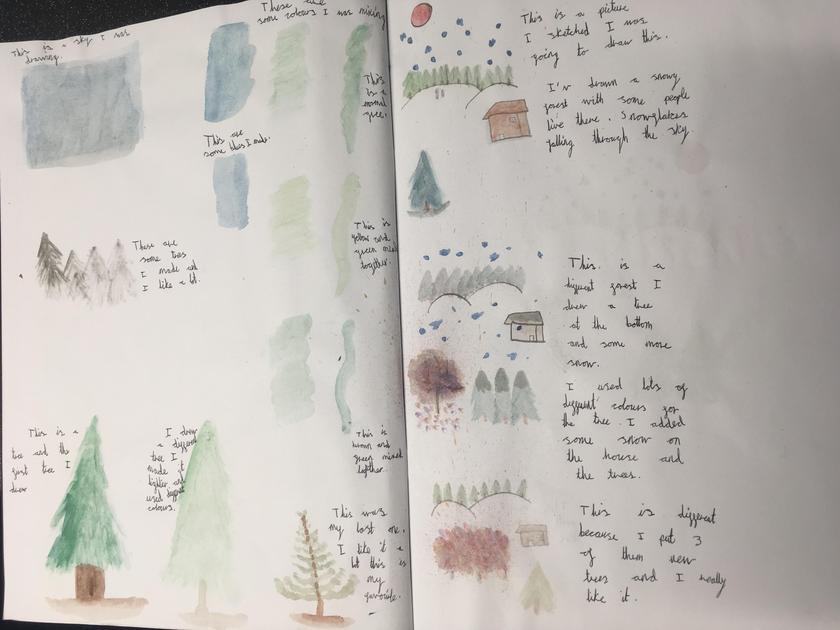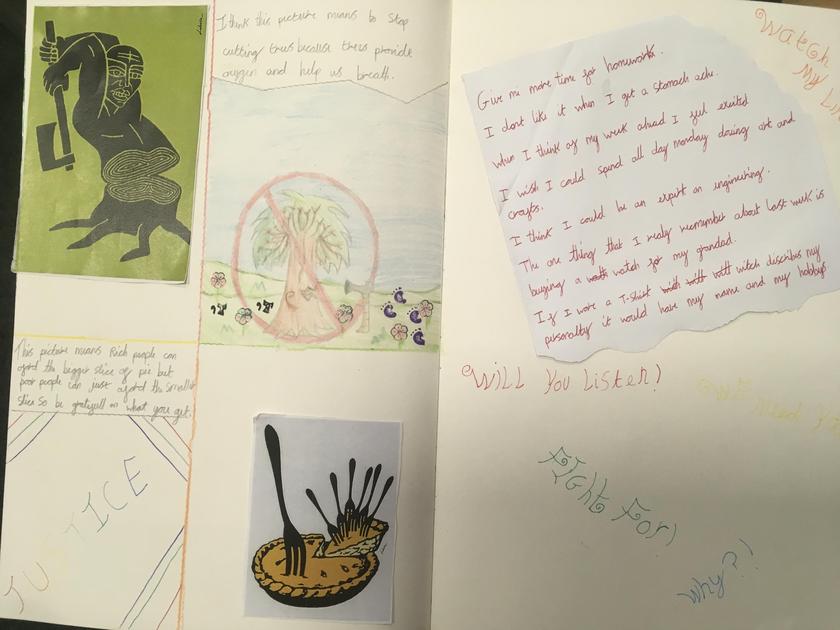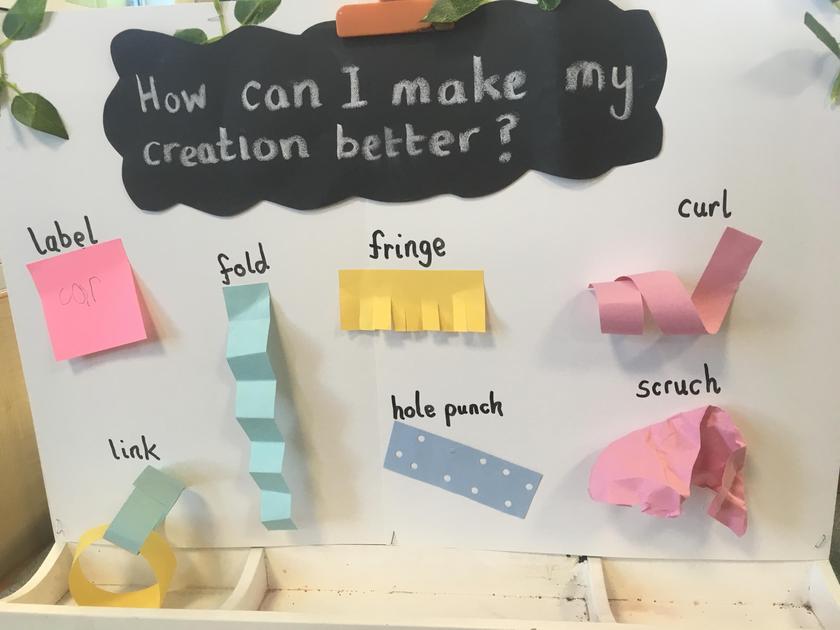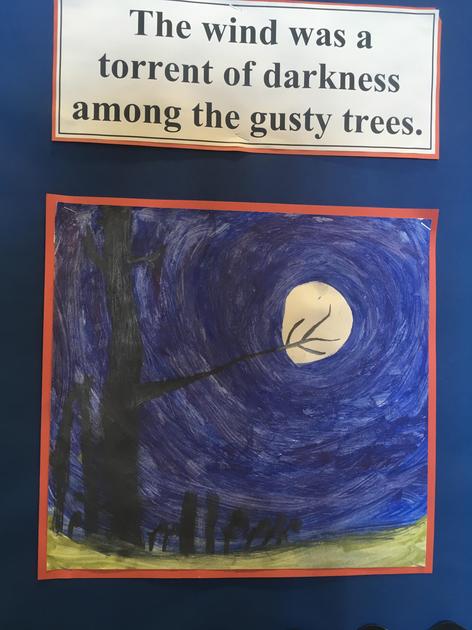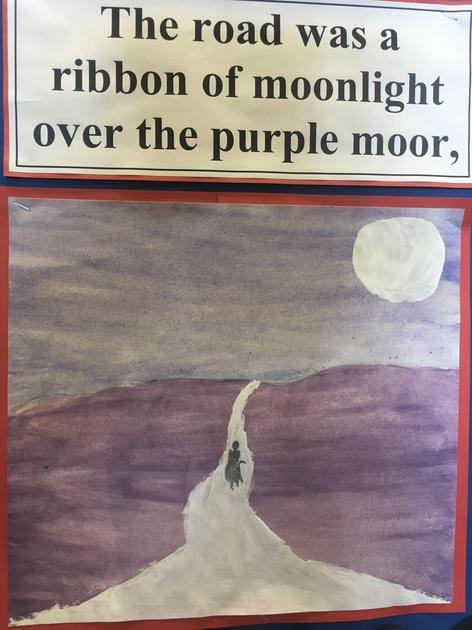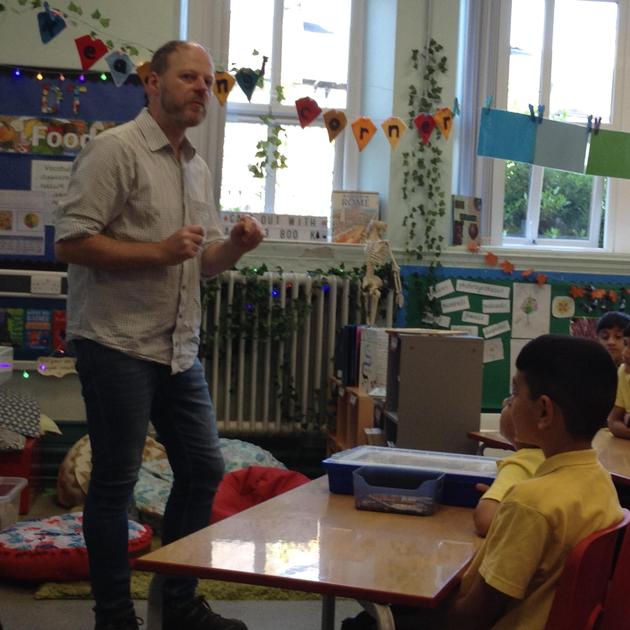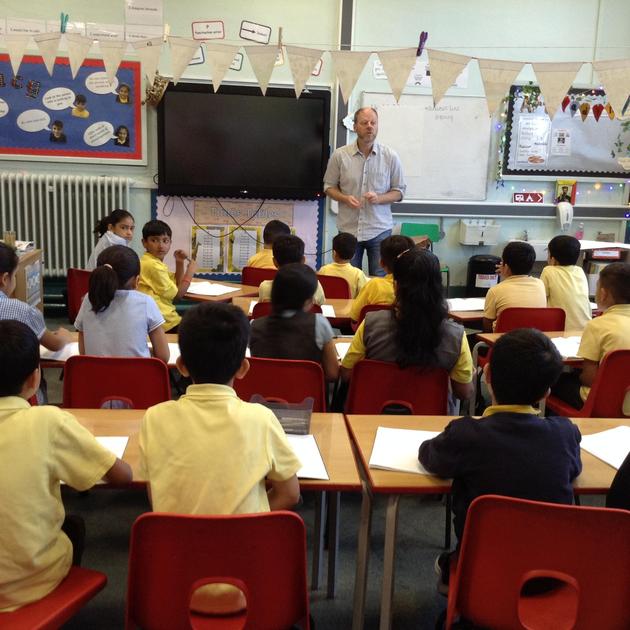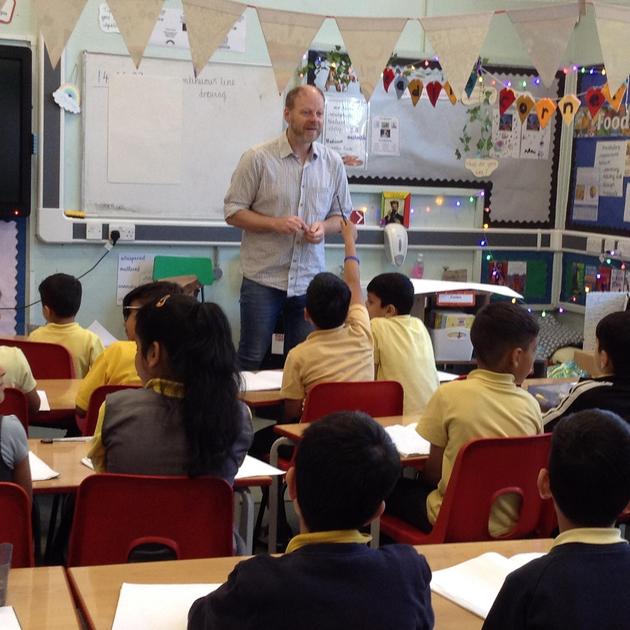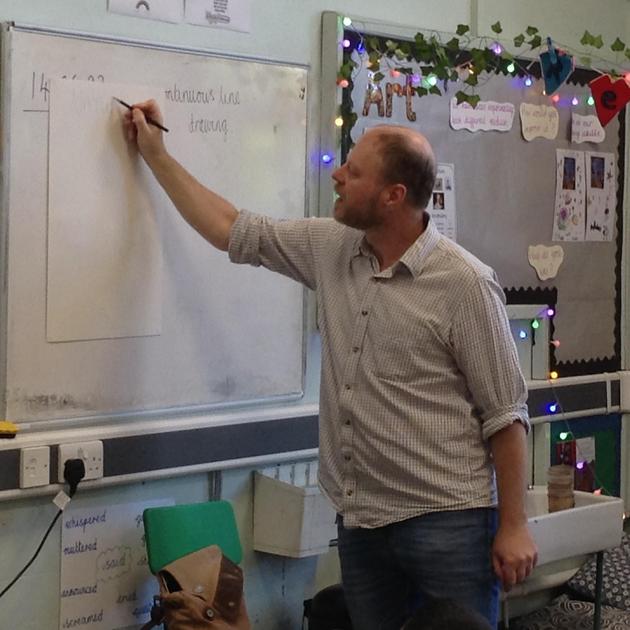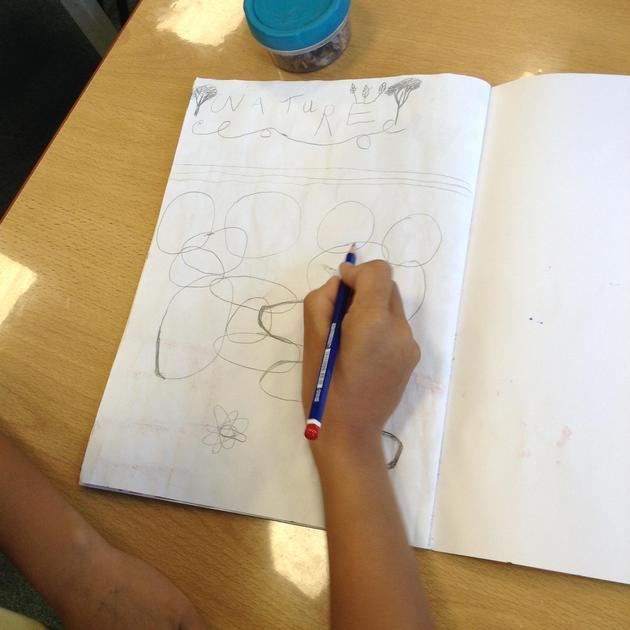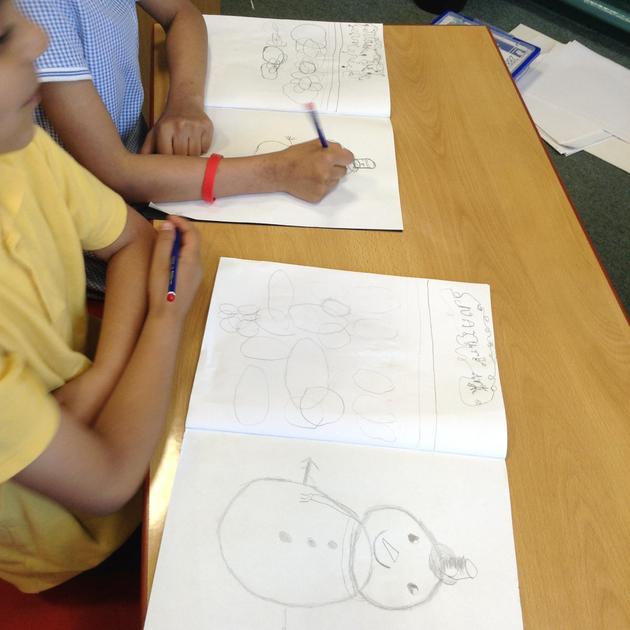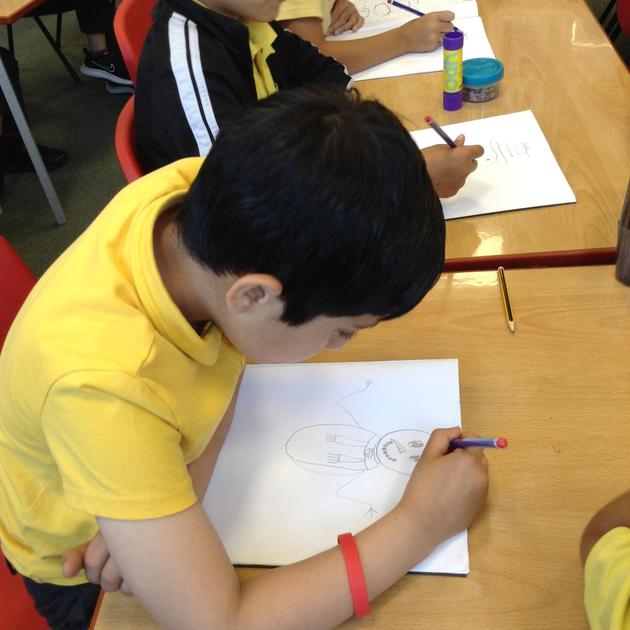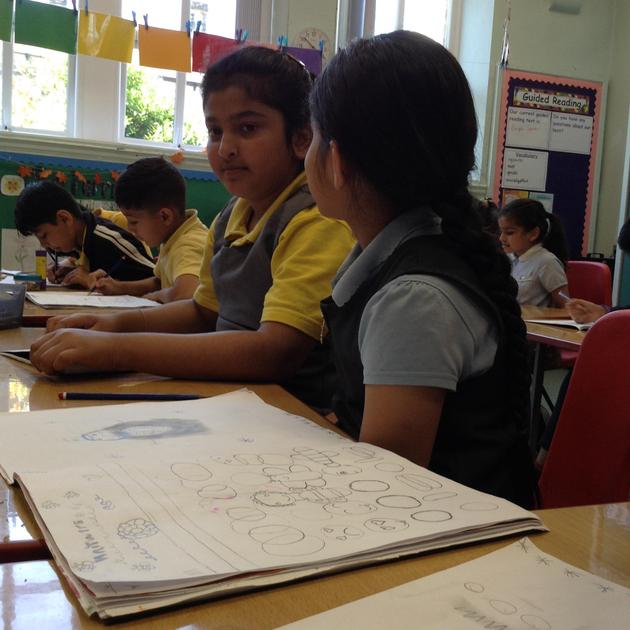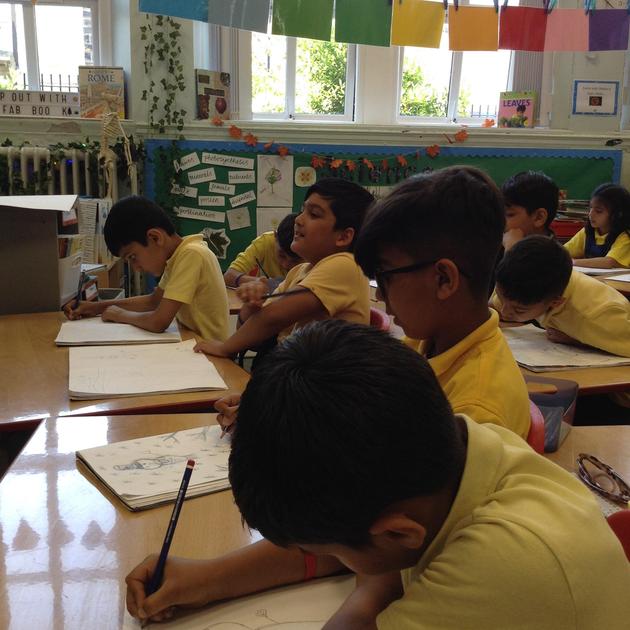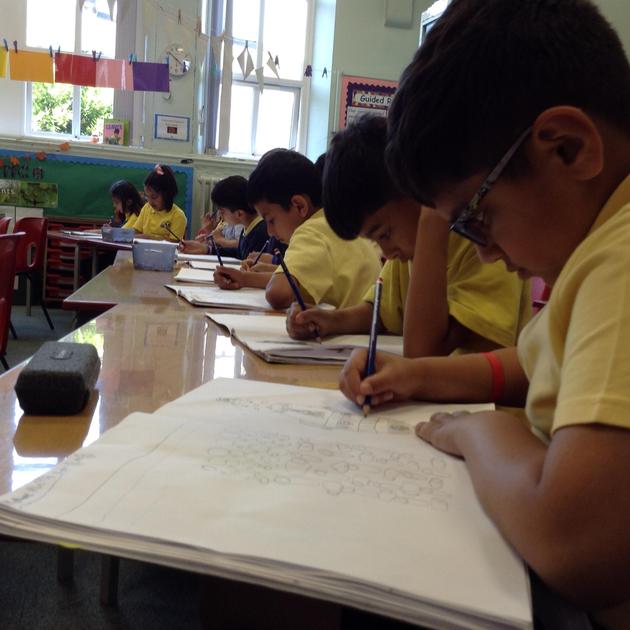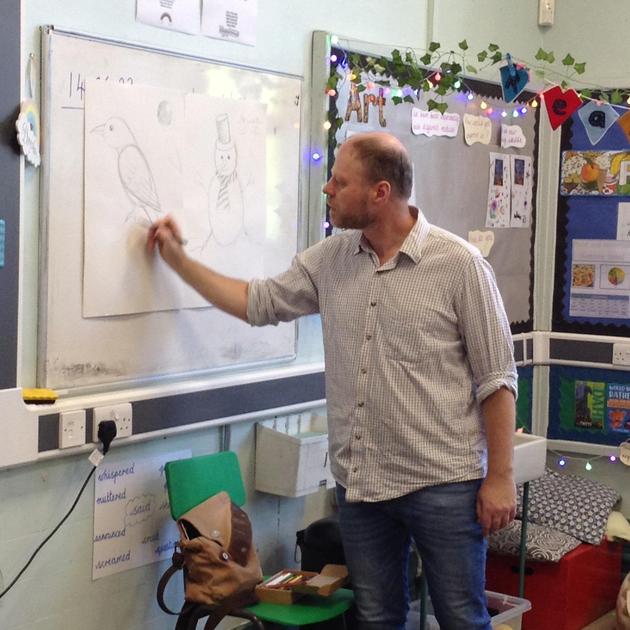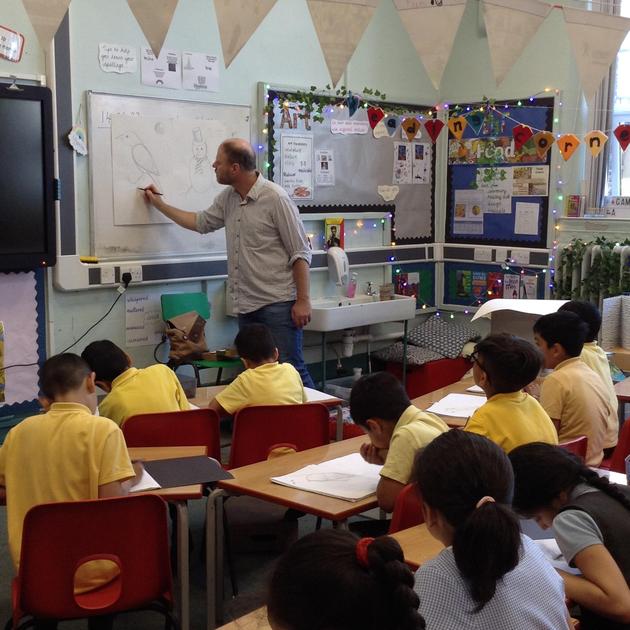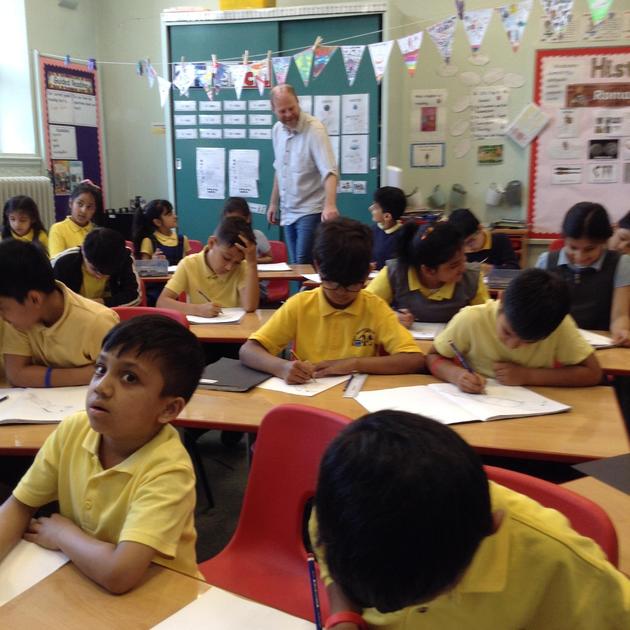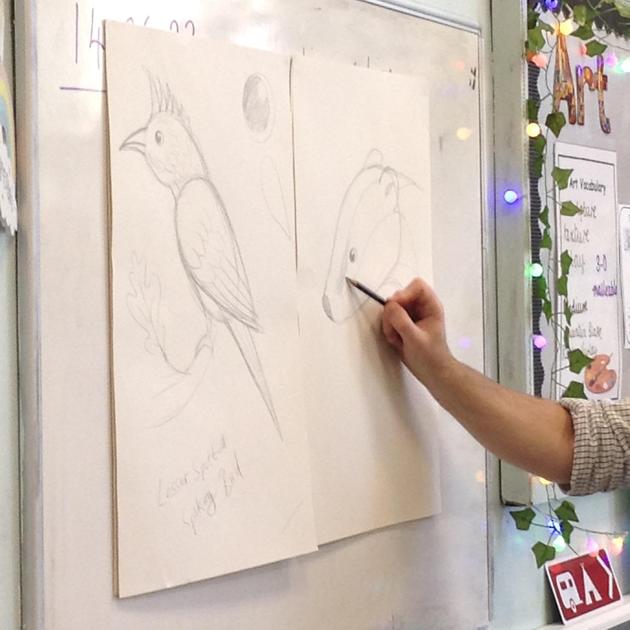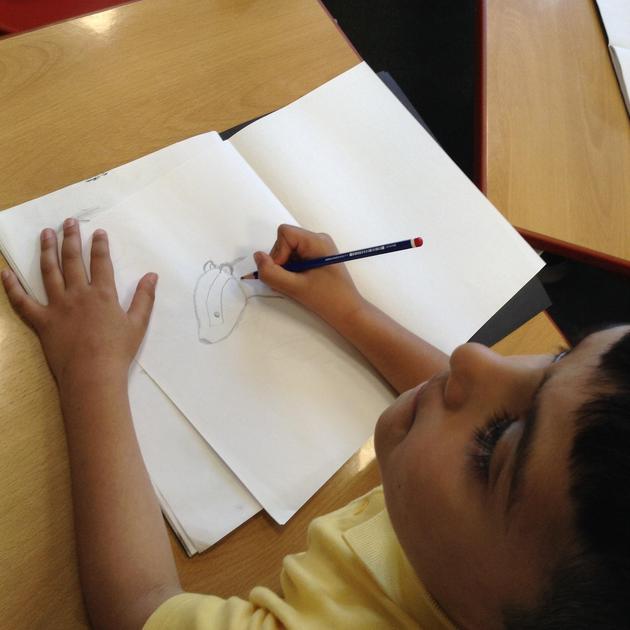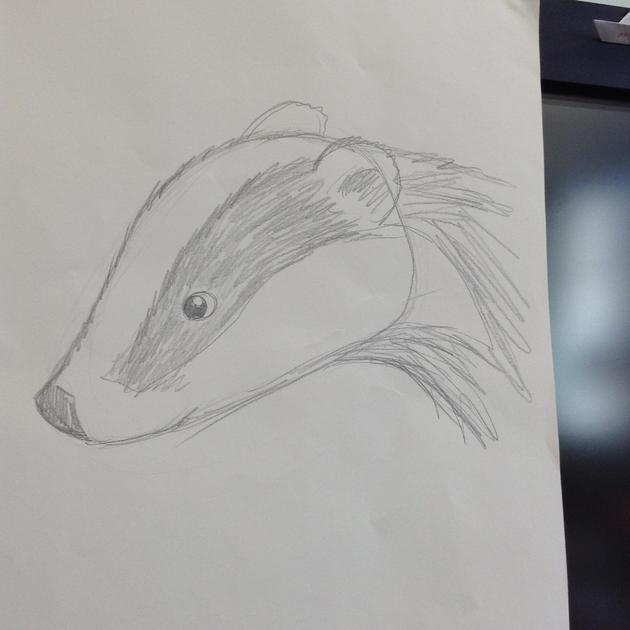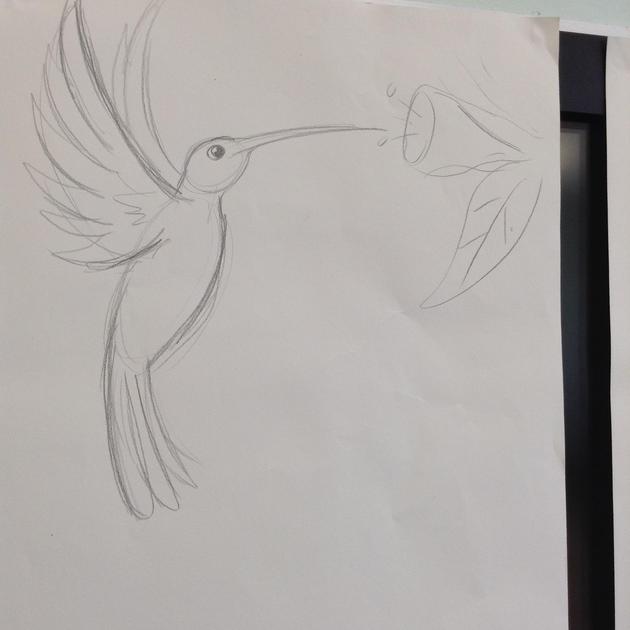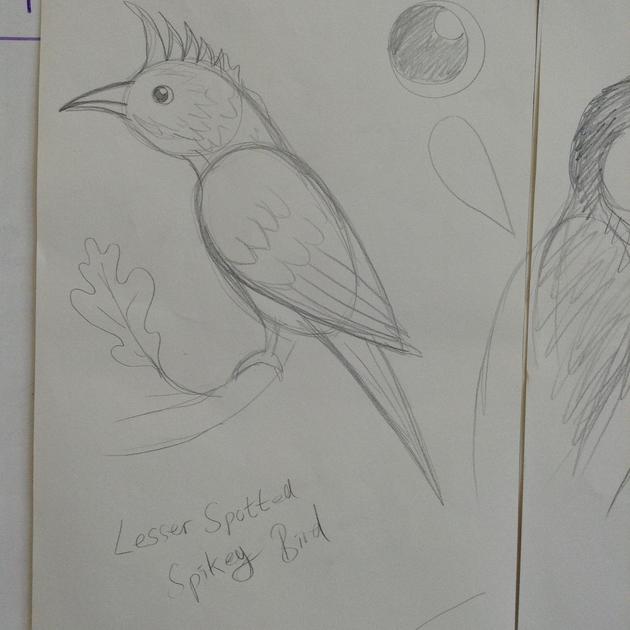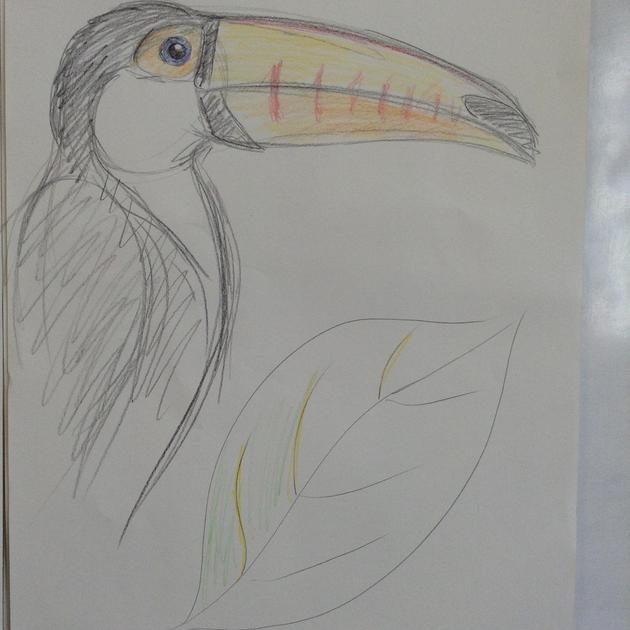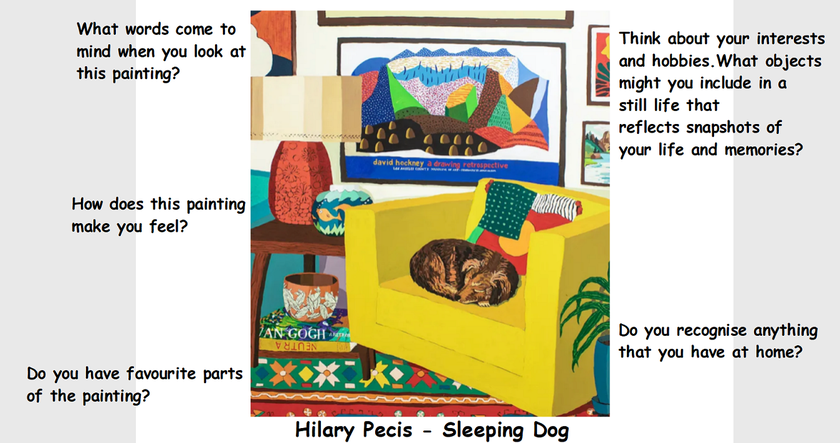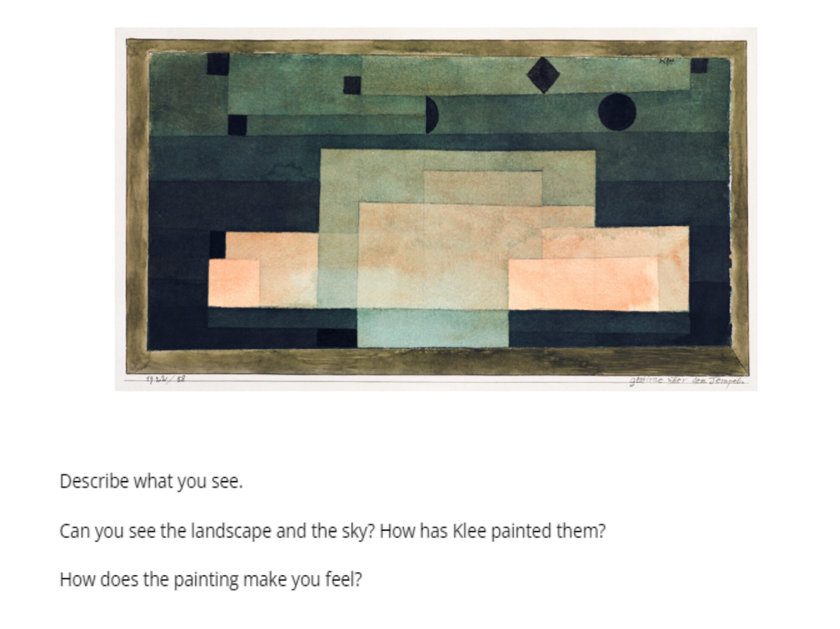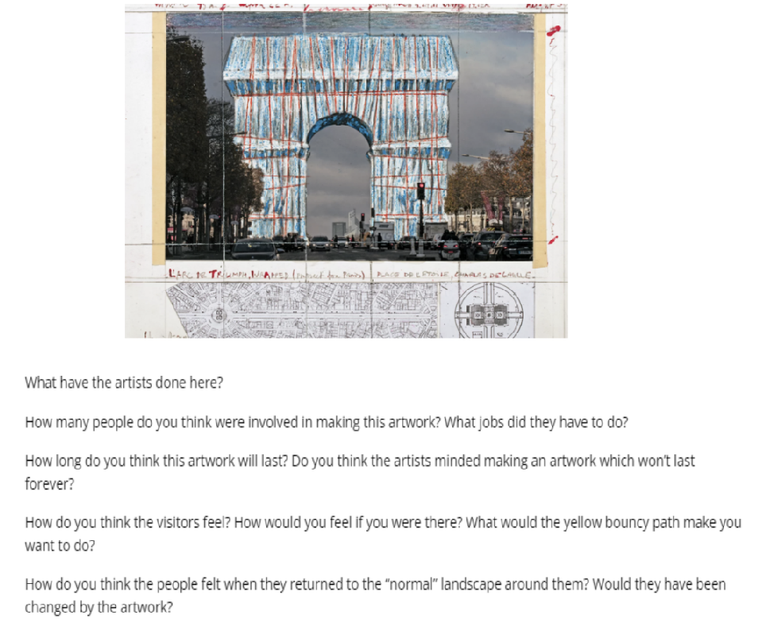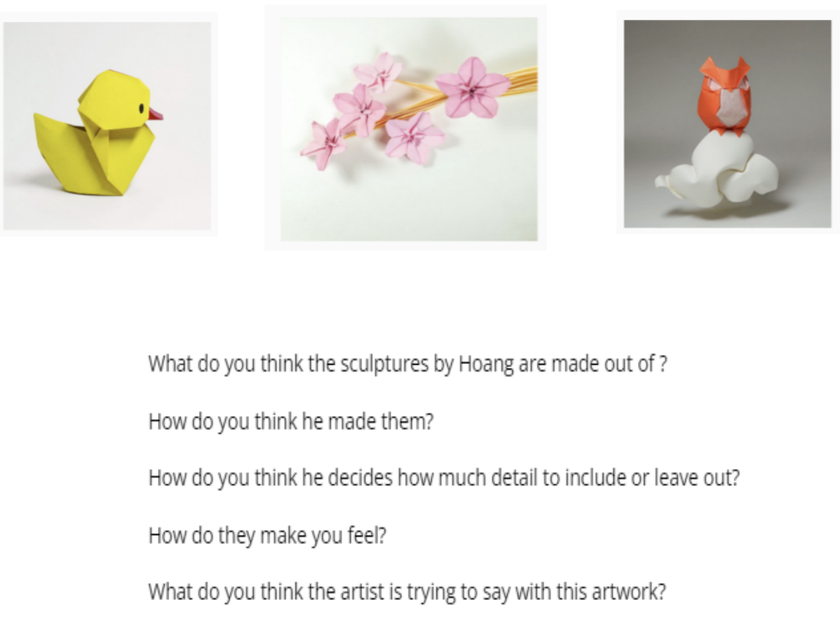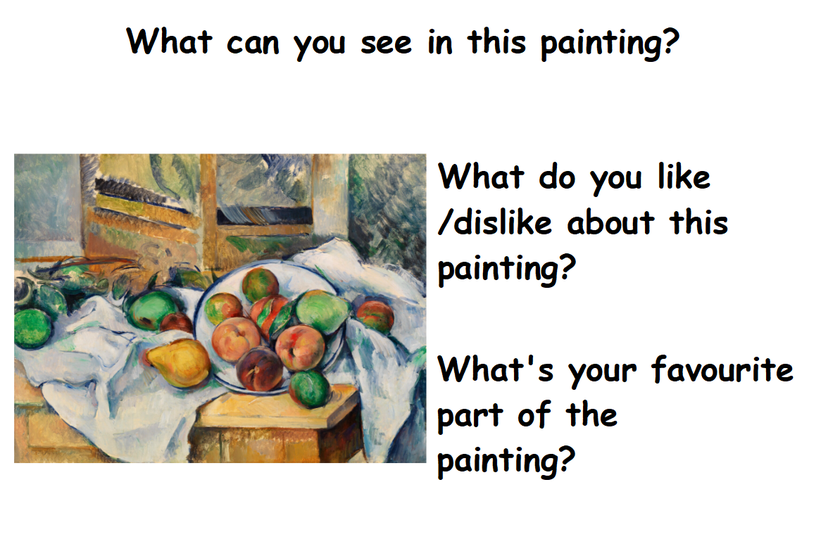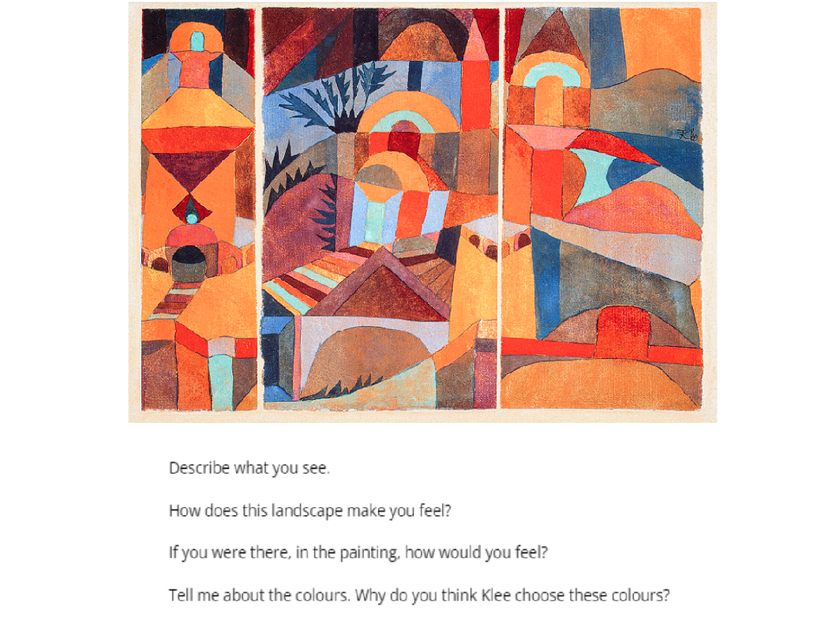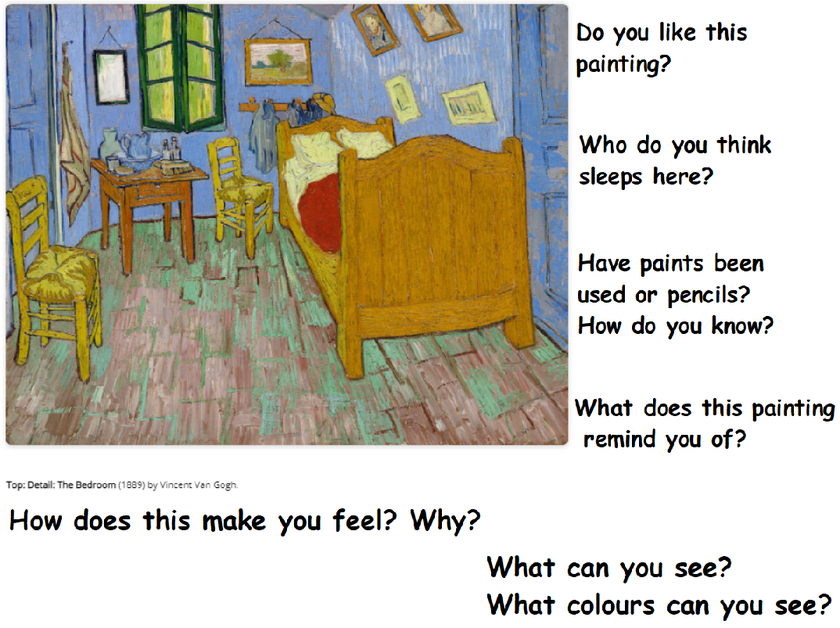Vision
At Bradley Primary School we value art because:
Art and Design contributes to the development of the whole child emotionally, aesthetically, spiritually, intellectually and socially. It creates in the child a sense of enjoyment and a sense of purpose. It provides pupils with a unique way of perceiving themselves and the world, which is not taught in other areas of the curriculum, and which is essential to basic education.
“Art, craft and design embody some of the highest forms of human creativity. A high-quality art and design education should engage, inspire and challenge pupils, equipping them with the knowledge and skills to experiment, invent and create their own works of art, craft and design. As pupils progress, they should be able to think critically and develop a more rigorous understanding of art and design. They should also know how art and design both reflect and shape our history, and contribute to the culture, creativity and wealth of our nation.” National Curriculum 2014
Intent
At Bradley Primary School, we recognise that Art and Design stimulates creativity and imagination. It provides visual, tactile and sensory experiences and a special way of understanding and responding to the world. It enables children of all abilities to communicate what they see, feel and think through the use of colour, texture, form, pattern and different materials and processes. We encourage children to explore ideas and meanings through the work of a range of artists and designers. Through learning about the roles and functions of art, they can explore the impact it has had in different times and cultures. The appreciation and enjoyment of the visual arts can enrich all our lives. Arts subjects encourage self-expression and creativity and can build confidence as well as a sense of individual identity. Creativity can also help with wellbeing and improving health and happiness acting as an outlet for releasing the pressures of everyday life. Our spaced learning curriculum ensures that children make progress by building on their prior learning. Cultural capital is developed by providing the children with enrichment opportunities where possible.
Implementation
At Bradley Primary School, we will achieve this by:
-
Teaching Art regularly.
-
Teaching a predominantly skills-based curriculum, which covers drawing, painting, 3-D and printing.
-
Re-teaching skills throughout the children’s time in school. Skills are revisited and honed in a spiral curriculum, which progresses in terms of depth and challenge, to build on the children’s previous learning.
-
Ensuring that each child develops their skills and techniques in a way appropriate to them, through clear differentiation and support, active and purposeful experiences, and using a variety of art materials and teaching strategies.
-
Encouraging children and teachers to explore and talk about different aspects of the visual arts. Planning ‘Talking Points’ sessions into every lesson helps to promote an oracy-driven curriculum.
-
Using the Split Access Art Primary Curriculum as a resource. This has been devised for schools who currently teach Art half the time – usually splitting half the timetable with DT.
Ongoing fomative assessment is used to inform future planning. This is assessed by observation, discussion and questioning. Children are encouraged to self-evaluate and peer-evaluate work as a form of assessment.
Impact
-
Fostering an enjoyment and appreciation of the visual arts and a knowledge of artists, craftspeople and designers.
-
Utilising a sketchbook approach, so that children feel safe to experiment and take risks, without the fear of making mistakes.
-
Encouraging each child to evaluate their art and design work and that of others, both with peers and adults.
-
Celebrating effort, progress and achievement in art through displays, parent visits, exhibitions and enrichment activities, such as MADD week, artist workshops and trips.
-
All pupils should produce creative work, exploring their ideas and recording their experiences.
-
Become proficient in drawing, painting, sculpture and other art, craft and design techniques.
-
Know about great artists, craft makers and designers and cultural development of their art forms.
-
People make progress in the art curriculum when they build on the three domains: practical, theoretical and disciplinary knowledge.






Edward Foster Art
Edward Foster is a self-taught artist from the Forest of Bowland in Lancashire. He works from his studio and the majority of his artwork is inspired by nature. He visits us regularly and we thoroughly enjoy learning about different techniques and processes.

Talking Points
At Bradley, we plan 'Talking Points' into every lesson. This encourages teachers and children to explore and talk about different aspects of the visual arts. Planning 'Talking Points' sessions promotes the importance of our oracy-driven curriculum.
At Bradley we celebrate our art. During MADD week we become artists and exhibit our winter calendars and decorations. We invite parents and governors to enjoy our whole-school art exhibition. It is always a great success and we feel proud of our art work.
MADD Week
Watch the video and look at the photos below of the wonderful artwork on show.

